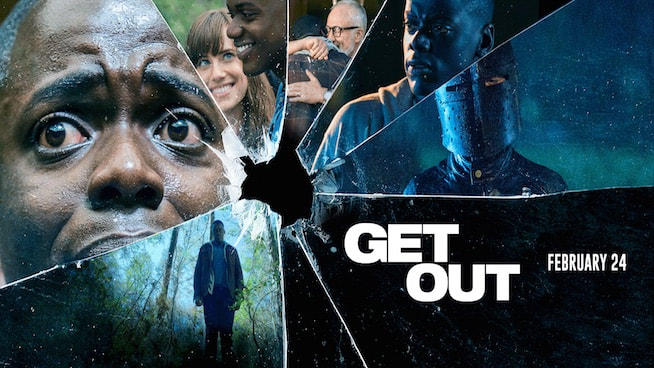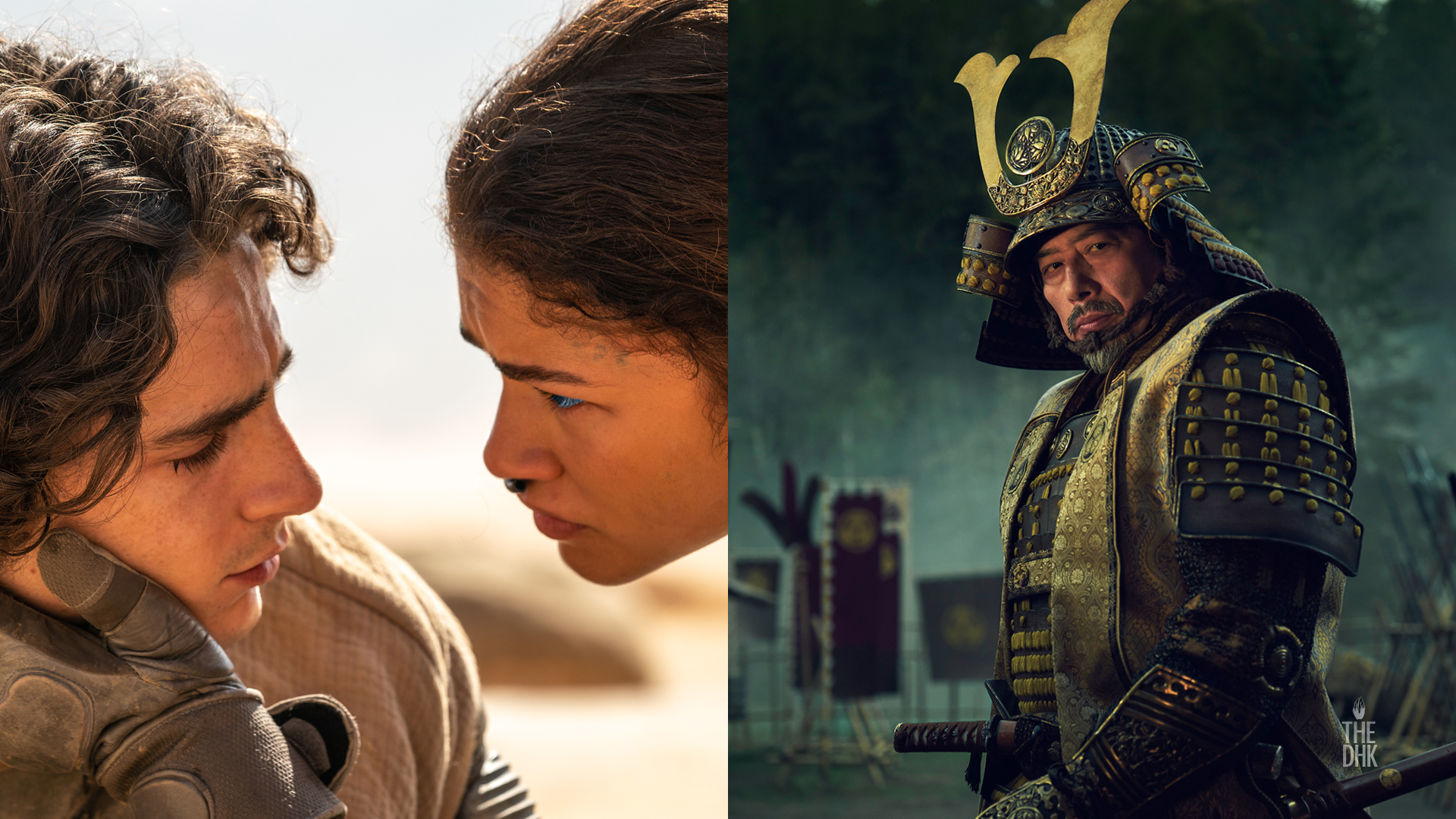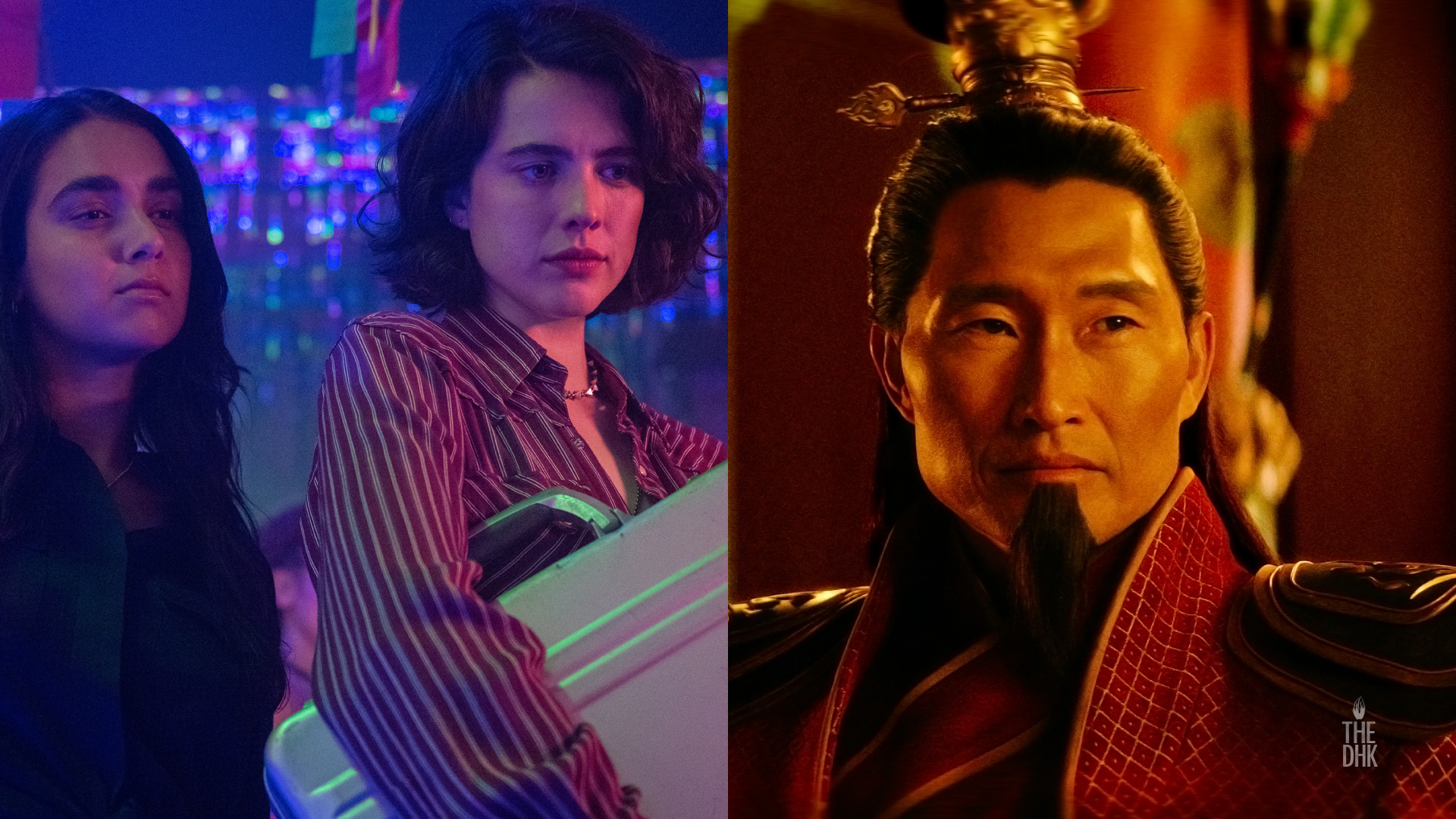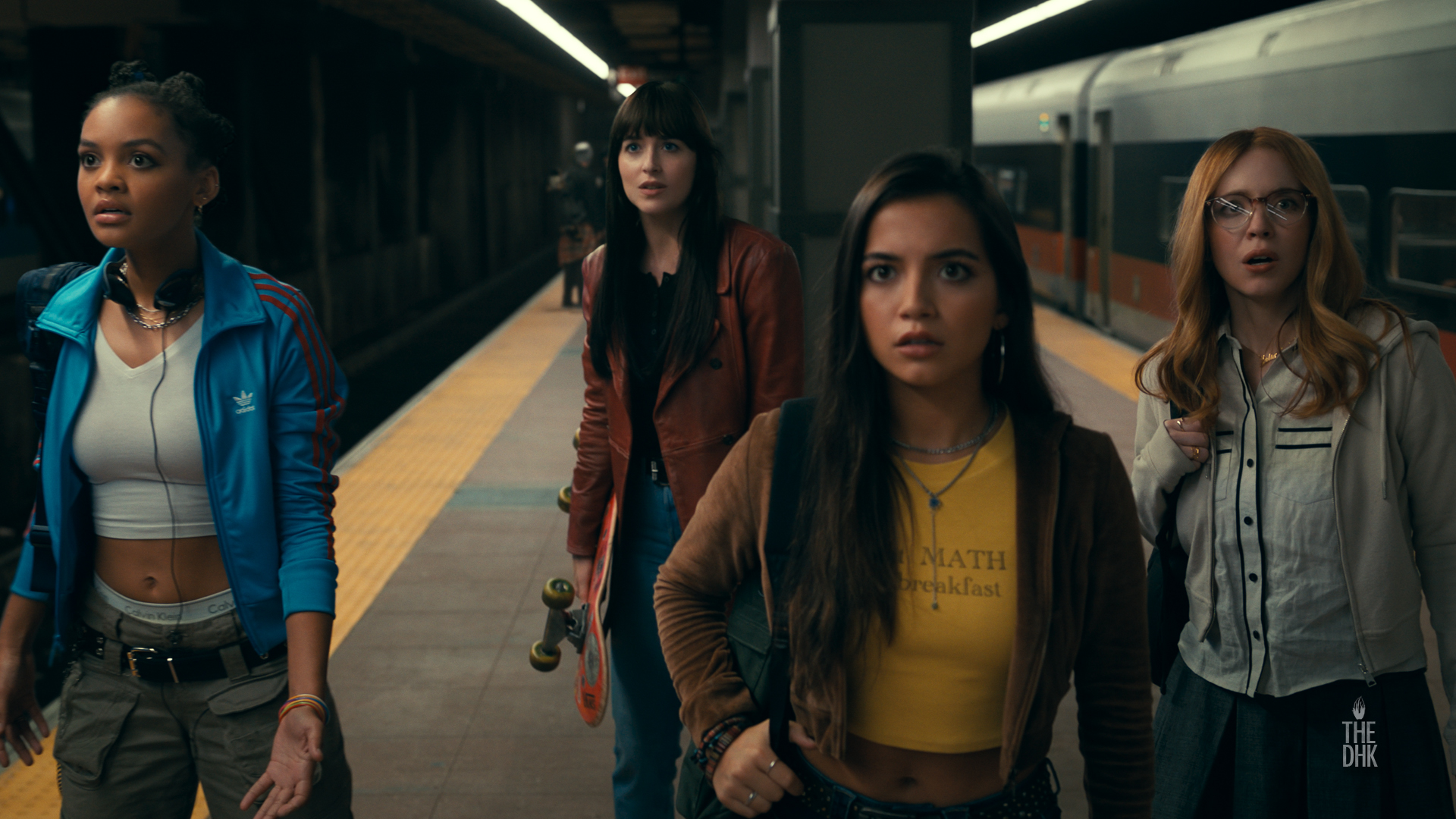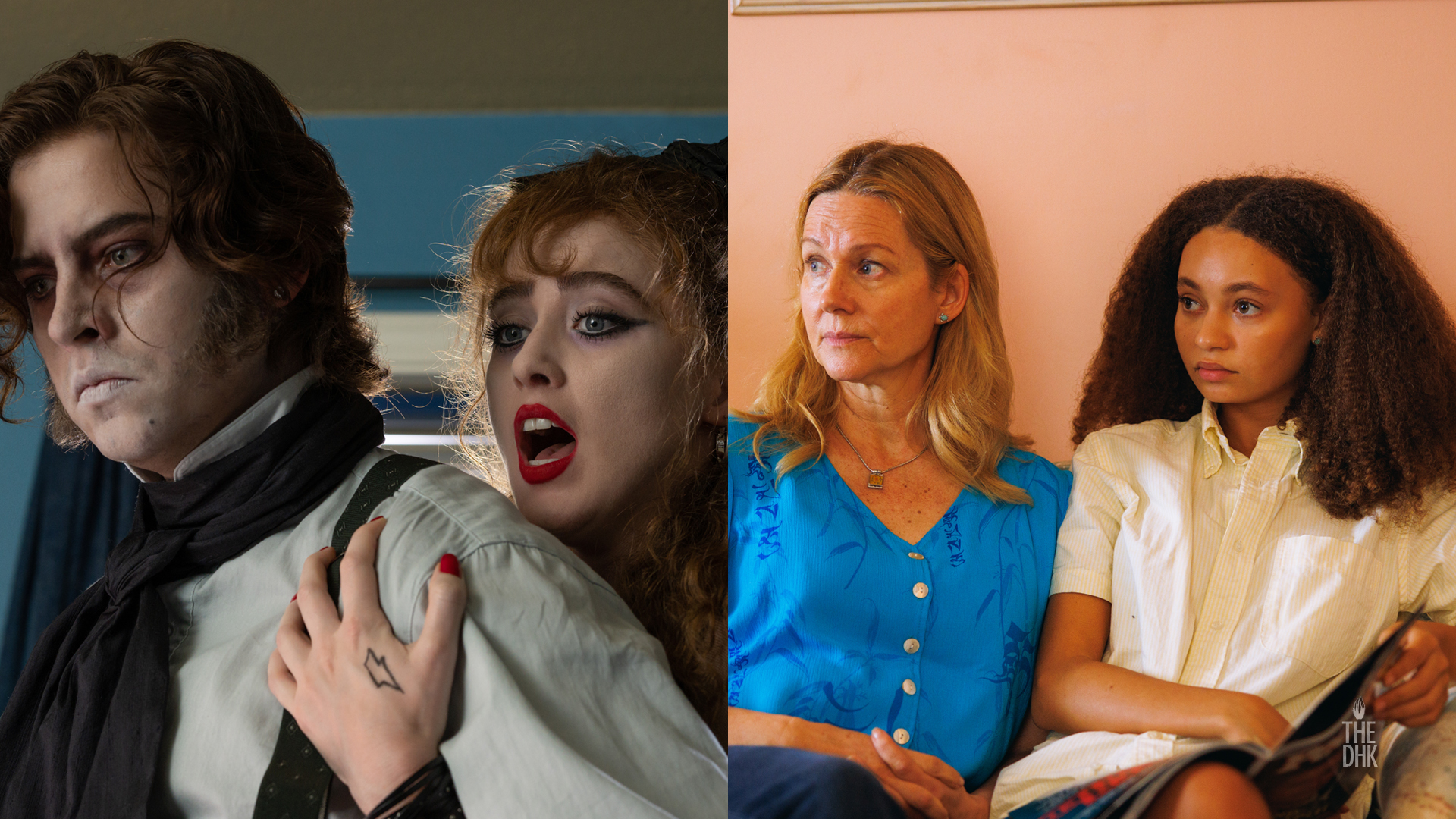It’s not every day that you go to the movies and get to be both entertained and challenged. Though he’s best known as half of the comedy duo Key & Peele, Jordan Peele’s directorial debut Get Out is billed as a horror movie. What’s even scarier, however, is the mirror it holds up to the state of the world and how we still view race.
In the film, a young interracial couple (she’s white, he’s black) head to suburbia to meet her parents for the first time. That basic premise has been seen in movies countless times, possibly most famously in Guess Who’s Coming to Dinner with Sidney Poitier and Katharine Hepburn. When it was filmed in 1967, anti-miscegenation was still legal in 17 states. 50 years later, Peele is acutely aware that the topic can still get under the skin.
The film stars Allison Williams, who embraces the white suburbanite stereotype we’ve seen her portray for the past few years as Marnie in HBO’s “Girls.” Her co-star Daniel Kaluuya is best known for his work on “Black Mirror” and “Skins,” both from the UK. After this film though, be prepared to be seeing a lot more of him on US screens. It doesn’t hurt he’s already got a part in the upcoming Marvel film, Black Panther.
The film stars Allison Williams, who embraces the white suburbanite stereotype we’ve seen her portray for the past few years as Marnie in HBO’s “Girls.” Her co-star Daniel Kaluuya is best known for his work on “Black Mirror” and “Skins,” both from the UK. After this film though, be prepared to be seeing a lot more of him on US screens. It doesn’t hurt he’s already got a part in the upcoming Marvel film, Black Panther.
For any of us who have experienced life as an “other,” whether that’s because of race, gender, religion, or socio-economic background, there are moments of the film that will ring painfully true. Most visibly “other” in the film is Kaluuya’s character Chris, who could have easily been a token minority or angry black man trope. But in an interview I did with him, he makes it clear that both he and Peele were focused on making sure his character was fully fleshed out and relatable. To see a role that is usually stripped down to a caricature be crafted into a three-dimensional role with depth is one of the things that helps set Get Out apart.
The film is certainly not perfect: there are times where you’re better off just suspending your disbelief altogether. But overall, the combination of enjoyable entertainment (Peele definitely flexes his comedy writing chops) and provocative think-piece makes the film a slam dunk.
It’s also a film best viewed in a communal setting, preferably with people whose backgrounds are dissimilar from your own. The differences between when you and your fellow audience goers laugh or gasp gets you thinking about why you may be experiencing it differently.
The film is certainly not perfect: there are times where you’re better off just suspending your disbelief altogether. But overall, the combination of enjoyable entertainment (Peele definitely flexes his comedy writing chops) and provocative think-piece makes the film a slam dunk.
It’s also a film best viewed in a communal setting, preferably with people whose backgrounds are dissimilar from your own. The differences between when you and your fellow audience goers laugh or gasp gets you thinking about why you may be experiencing it differently.
I don’t know if it’s fair to bill this entirely as a horror film. It’s more a suspenseful thriller with politically charged overtones. When I hear horror I’m expecting Saw or Friday the 13th. But the more I think about the film, the more layers I discover, some of which I relate to firsthand and some I can only observe as an outsider. The complexity of that filmgoing experience is so rare nowadays that I can and will gladly overlook any minor flaws, and stand back in awe of the conversation it sparks.
This article originally appeared on KFOG.com on March 1, 2017
